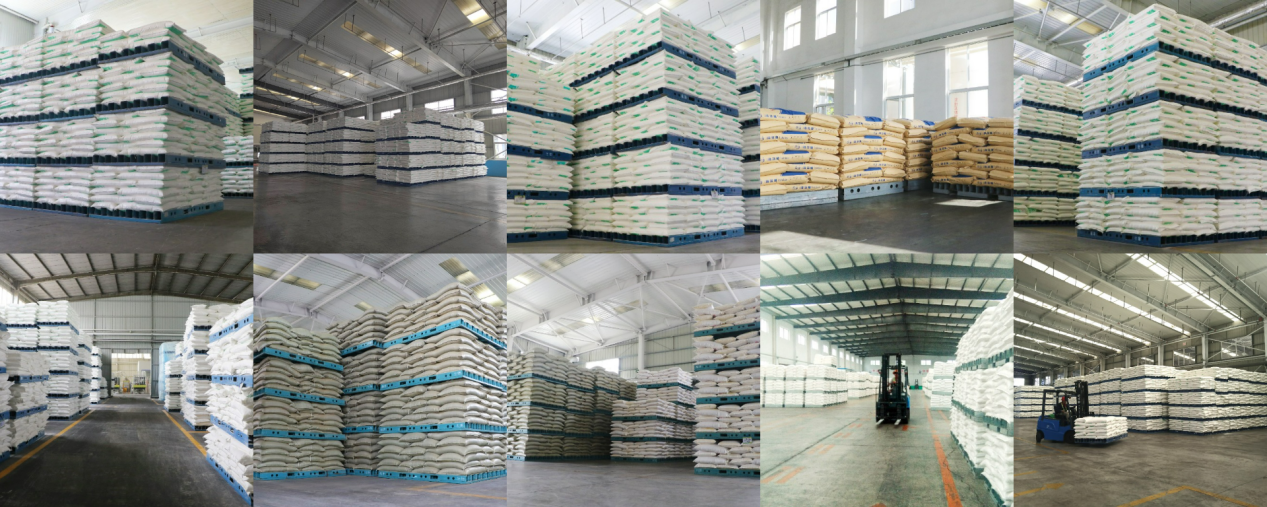Trehalose is a multi-functional sugar. Its mild sweetness (45% sucrose), low cariogenicity, low hygroscopicity, high freezing-point depression, high glass transition temperature and protein protection properties are all of immense benefit to food technologists. Trehalose is fully caloric, has no laxative effects and after ingestion is broken down in the body to glucose. It has a moderate glycemic index with low insulinemic response. Trehalose, like other sugars may be used without restriction in a wide range of food products including beverages, chocolate & sugar confectionery, bakery products, frozen foods, breakfast cereals and dairy products. 1. Low cariogenicity Trehalose has been fully tested under both in vivo and in vitro cariogenic system, so it has substantially reduced cariogenic potential. 2. Mild sweetness Trehalose is only 45% as sweet as sucrose. It has a clean taste profile 3. Low solubility and excellent crystalline Water-solubility of trehalose is as high as maltose while the crystallinity is excellent, so it is easy to produce the low hygroscopical candy, coating, soft confectionery etc. 4. High Glass Transition Temperature The glass transition temperature of trehalose is 120°C, which makes trehalose ideal as a protein protectant and ideally suited as a carrier for spray-dried flavors.



